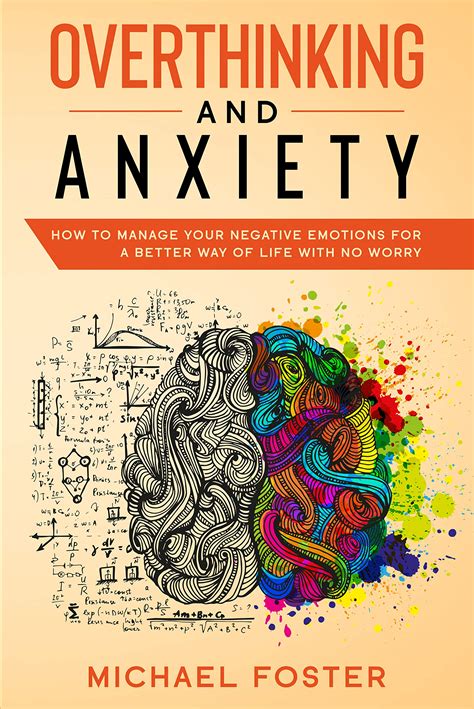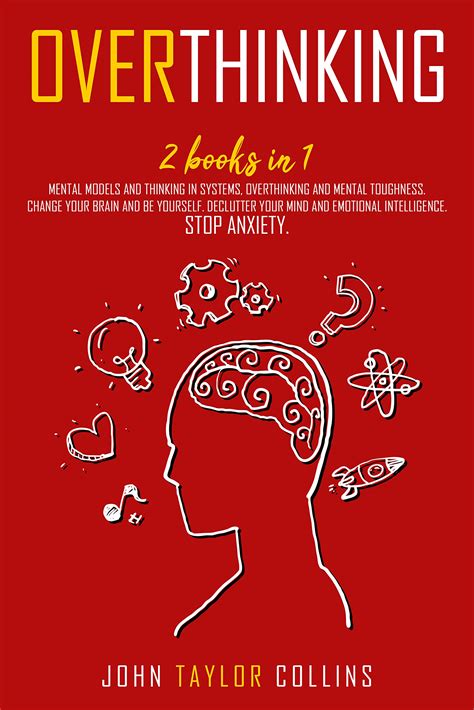Obsessive Compulsive Disorder (OCD) can be challenging at any age, but its impact on the elderly is often overlooked. As individuals age, OCD may present differently and require tailored approaches for effective management. This comprehensive guide aims to shed light on the unique aspects of OCD in the elderly, offering insights into its symptoms, triggers, and treatment options. Understanding the role of family and caregivers is crucial in supporting those affected, while exploring coping mechanisms and support groups can provide additional relief. We’ll also discuss strategies for long-term management and follow-up to ensure sustained well-being and quality of life for older adults grappling with this condition.
Discover the intricacies of this topic with ujocis.net
1. Understanding OCD in the Elderly
Obsessive Compulsive Disorder (OCD) in the elderly often presents with unique challenges that differ from those seen in younger populations. This condition involves persistent, intrusive thoughts (obsessions) and repetitive behaviors or mental acts (compulsions) aimed at reducing anxiety. In older adults, OCD may be complicated by age-related cognitive decline, making it harder to distinguish between normal aging processes and symptoms of OCD. Additionally, older individuals might have developed coping mechanisms over the years that mask or alter the expression of OCD. Factors such as chronic illness, loss of independence, or significant life changes can exacerbate symptoms or trigger new ones. It is essential to recognize that while OCD is commonly associated with younger people, it is not an inevitable part of aging and can significantly impact the quality of life for the elderly. Understanding these nuances is crucial for effective diagnosis and treatment.

2. Identifying Symptoms and Triggers
Identifying symptoms and triggers of OCD in the elderly can be complex due to overlapping age-related changes and other health issues. Common symptoms include persistent, unwanted thoughts or worries and compulsive behaviors performed to alleviate anxiety. For older adults, these may manifest as excessive checking, repeated handwashing, or rigid routines. Symptoms can be subtle, such as an increased preoccupation with cleanliness or orderliness, which might be mistaken for normal aging behavior.
Triggers for OCD in the elderly often involve significant life changes or stressors, such as health problems, loss of a spouse, or moving to a new living environment. Cognitive decline or memory issues can also exacerbate OCD symptoms, as they may affect the person’s ability to manage and understand their compulsions. It’s crucial to recognize that these triggers can intensify pre-existing OCD symptoms or provoke new ones. Identifying these patterns early and distinguishing them from normal age-related behaviors is essential for effective management and treatment. Monitoring changes in routine behavior and emotional responses can provide valuable insights into the presence and progression of OCD in older adults.

3. Effective Treatment Options
Effective treatment options for OCD in the elderly must be carefully tailored to accommodate age-related considerations and coexisting health conditions. Cognitive Behavioral Therapy (CBT), particularly Exposure and Response Prevention (ERP), is a cornerstone of treatment, helping individuals confront their obsessions and gradually reduce compulsive behaviors. CBT is often adapted to account for cognitive decline, ensuring that techniques are accessible and practical.
Medications, such as selective serotonin reuptake inhibitors (SSRIs), can also be effective. They work by balancing brain chemicals associated with anxiety and compulsions. It’s important to manage dosage carefully to avoid potential interactions with other medications commonly used by older adults and to monitor for side effects.
In addition to these primary treatments, integrating supportive therapies can be beneficial. Occupational therapy can assist with daily functioning and routines, while supportive counseling helps address emotional and psychological aspects. For comprehensive care, a multidisciplinary approach involving mental health professionals, primary care doctors, and caregivers ensures that all aspects of the elderly person’s health are considered. This holistic approach aims to enhance quality of life and manage OCD symptoms effectively.

4. Role of Family and Caregivers
Family and caregivers play a pivotal role in managing OCD in the elderly. They offer emotional support, assist with treatment adherence, and help create a structured environment that reduces stress and triggers. Educating family members about OCD is essential so they can understand the nature of the disorder, recognize symptoms, and respond appropriately. They can support loved ones by encouraging them to stick to therapy and medication regimens and by participating in therapeutic activities, such as practicing exposure and response prevention techniques.
Caregivers also help by monitoring changes in behavior and communicating these observations to healthcare providers, ensuring that treatment plans are adjusted as needed. Creating a supportive and non-judgmental atmosphere is crucial, as it helps reduce anxiety and improve the overall effectiveness of treatment. Additionally, caregivers should seek support for themselves, as managing OCD in an elderly loved one can be challenging and emotionally taxing.
5. Coping Mechanisms and Support Groups
Coping mechanisms and support groups are vital components in managing OCD in the elderly, offering additional layers of support beyond traditional treatment. Effective coping mechanisms include developing personalized strategies to handle stress and anxiety. Techniques such as mindfulness, relaxation exercises, and structured routines can help manage OCD symptoms by providing alternative ways to address compulsions and obsessions. Encouraging the elderly to engage in hobbies and activities they enjoy can also provide a healthy distraction and improve their overall well-being.
Support groups, both in-person and online, offer a platform for elderly individuals and their caregivers to connect with others facing similar challenges. These groups provide a sense of community and understanding, allowing participants to share experiences, strategies, and emotional support. For caregivers, support groups can offer valuable advice and emotional relief, helping them cope with the stresses of caregiving.
Combining these coping strategies with professional treatment can enhance the overall management of OCD. Encouraging participation in support groups and adopting coping mechanisms tailored to individual needs can help reduce the impact of OCD on daily life and improve quality of life for elderly individuals.
6. Long-Term Management and Follow-Up
Long-term management and follow-up are crucial for maintaining stability and improving the quality of life for elderly individuals with OCD. Effective long-term management involves regular monitoring of symptoms and treatment progress. This includes scheduled appointments with mental health professionals to assess the effectiveness of therapy and medication, and to make any necessary adjustments. Continuous evaluation helps ensure that treatment remains effective and adapts to any changes in the individual’s health or life circumstances.
Developing a long-term care plan that includes both therapeutic and practical strategies is essential. This plan should address ongoing support needs, such as consistent therapy sessions, medication management, and involvement in coping strategies. It should also include contingency plans for managing any relapses or new stressors that may arise.
Family members and caregivers play a key role in long-term management by providing ongoing support, reinforcing coping strategies, and being vigilant for any changes in symptoms. They should also encourage regular follow-ups and communicate any concerns to healthcare providers.
Incorporating community resources, such as support groups and educational programs, can further support long-term management. These resources offer continued encouragement and advice, helping individuals and caregivers stay informed and engaged in the treatment process. Regular follow-up and a comprehensive management plan contribute to a better quality of life and effective control of OCD over time.
Managing Obsessive Compulsive Disorder (OCD) in the elderly requires a nuanced approach that includes understanding unique symptoms, identifying triggers, and implementing effective treatment options. The involvement of family and caregivers is crucial in supporting and reinforcing treatment plans, while coping mechanisms and support groups offer additional layers of assistance. Long-term management through consistent follow-up and a tailored care plan ensures ongoing support and adaptation to changing needs. By addressing these aspects comprehensively, we can significantly improve the quality of life for older adults dealing with OCD.
ujocis.net

